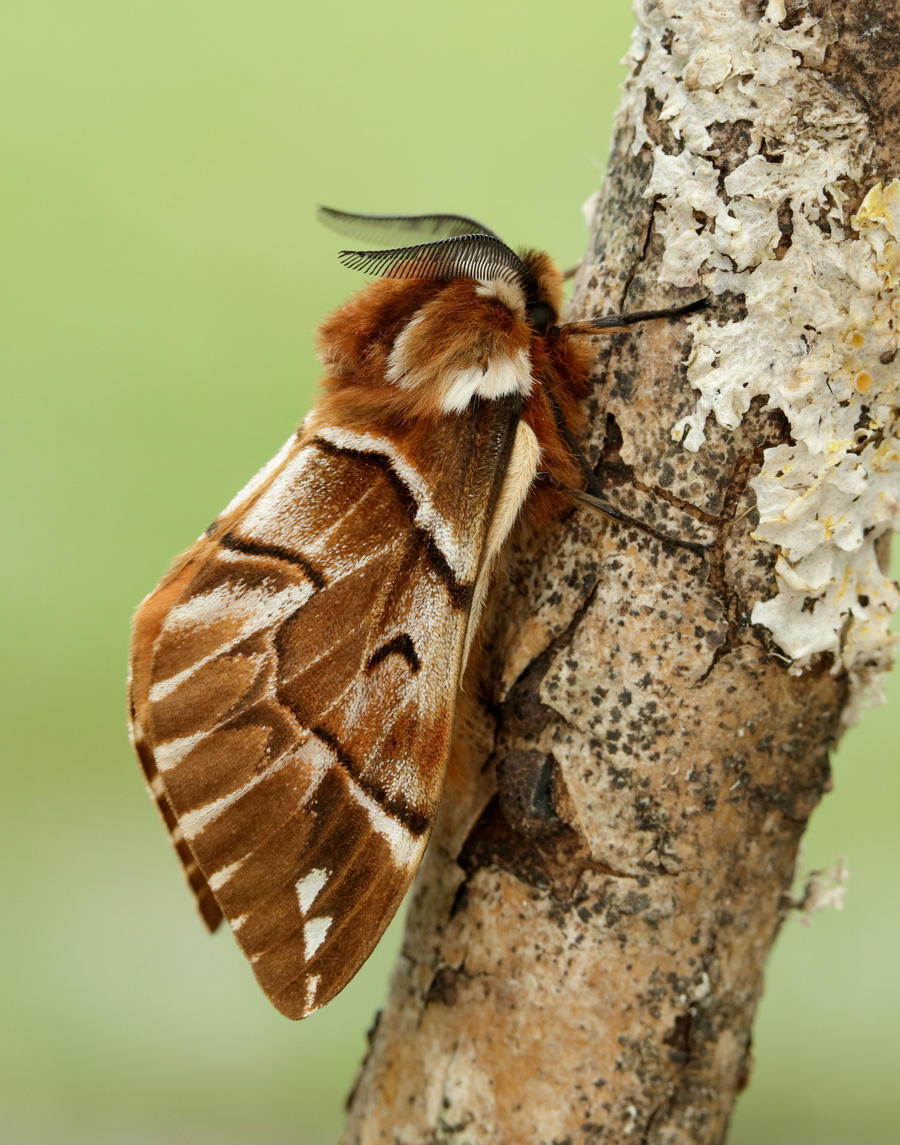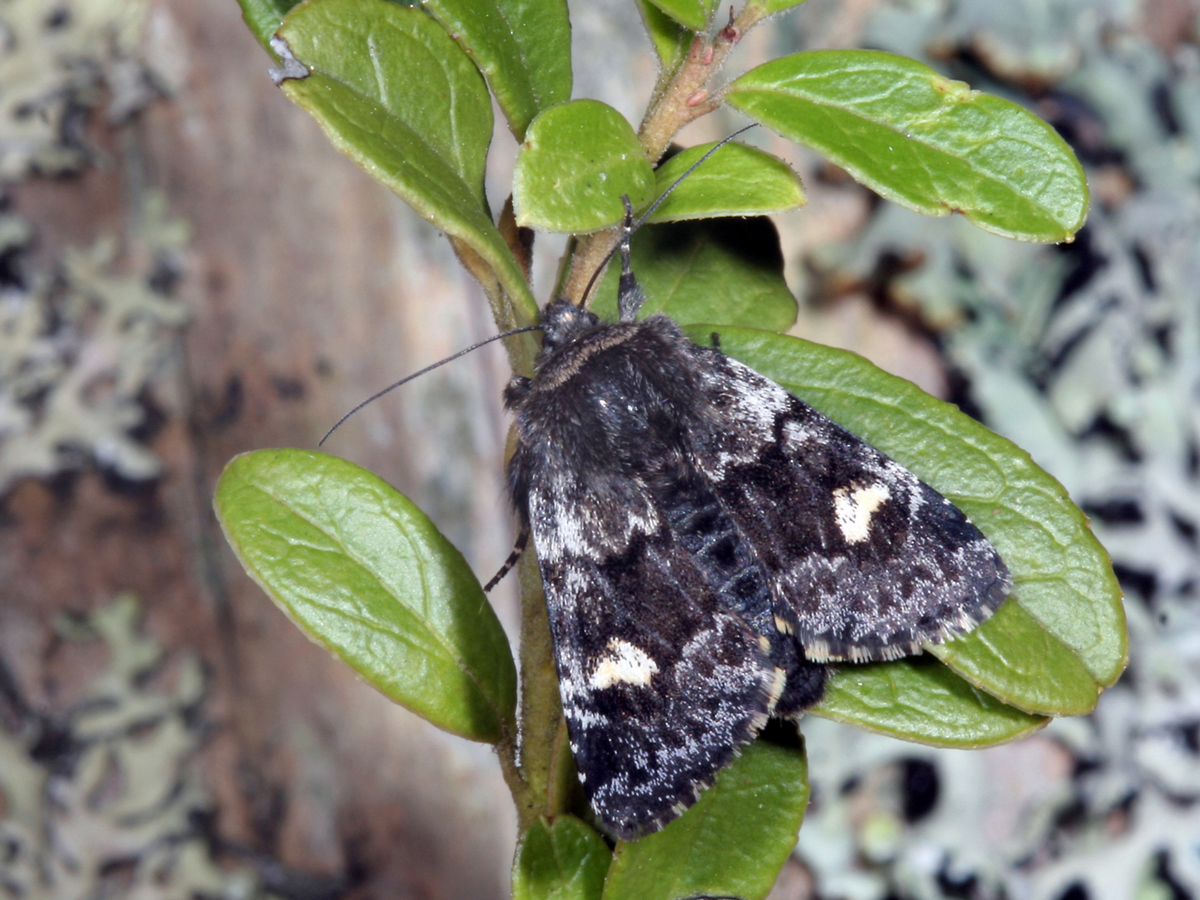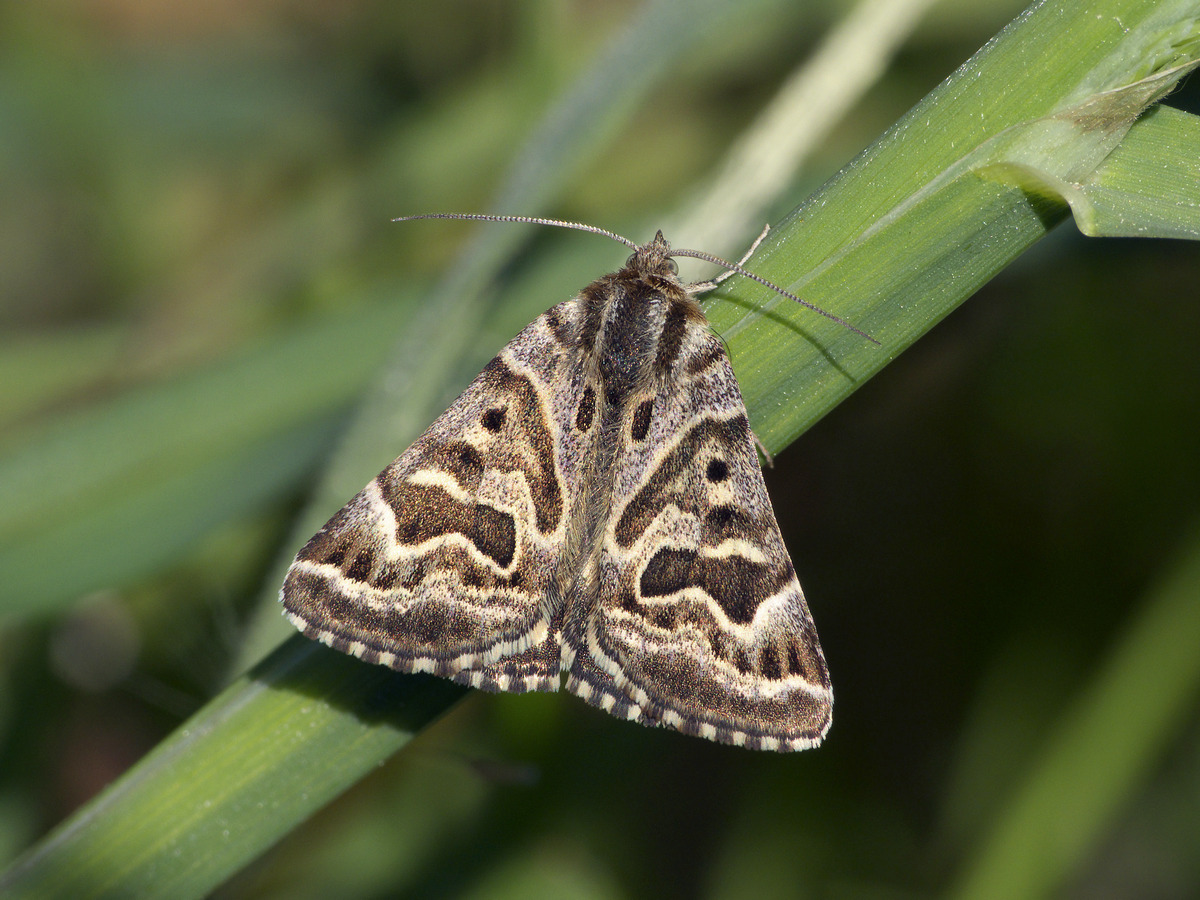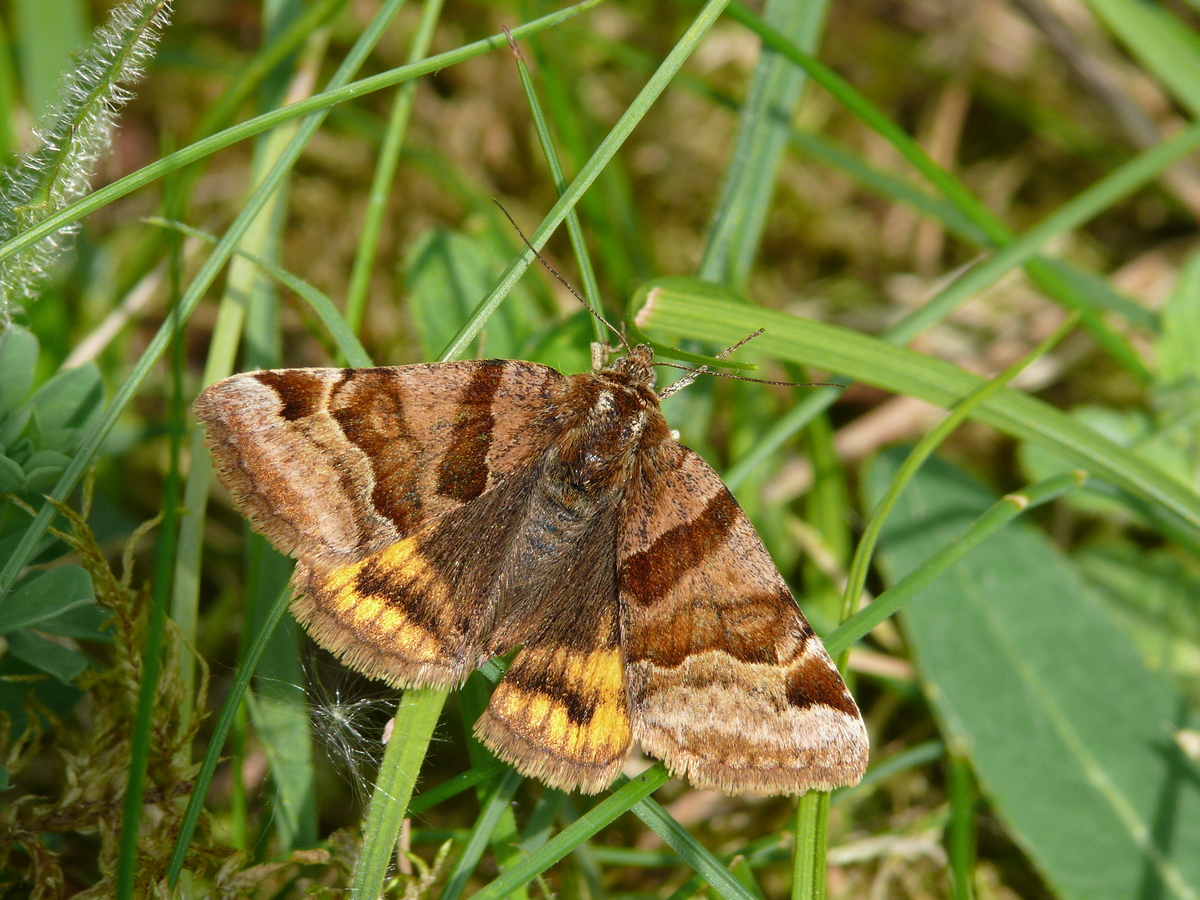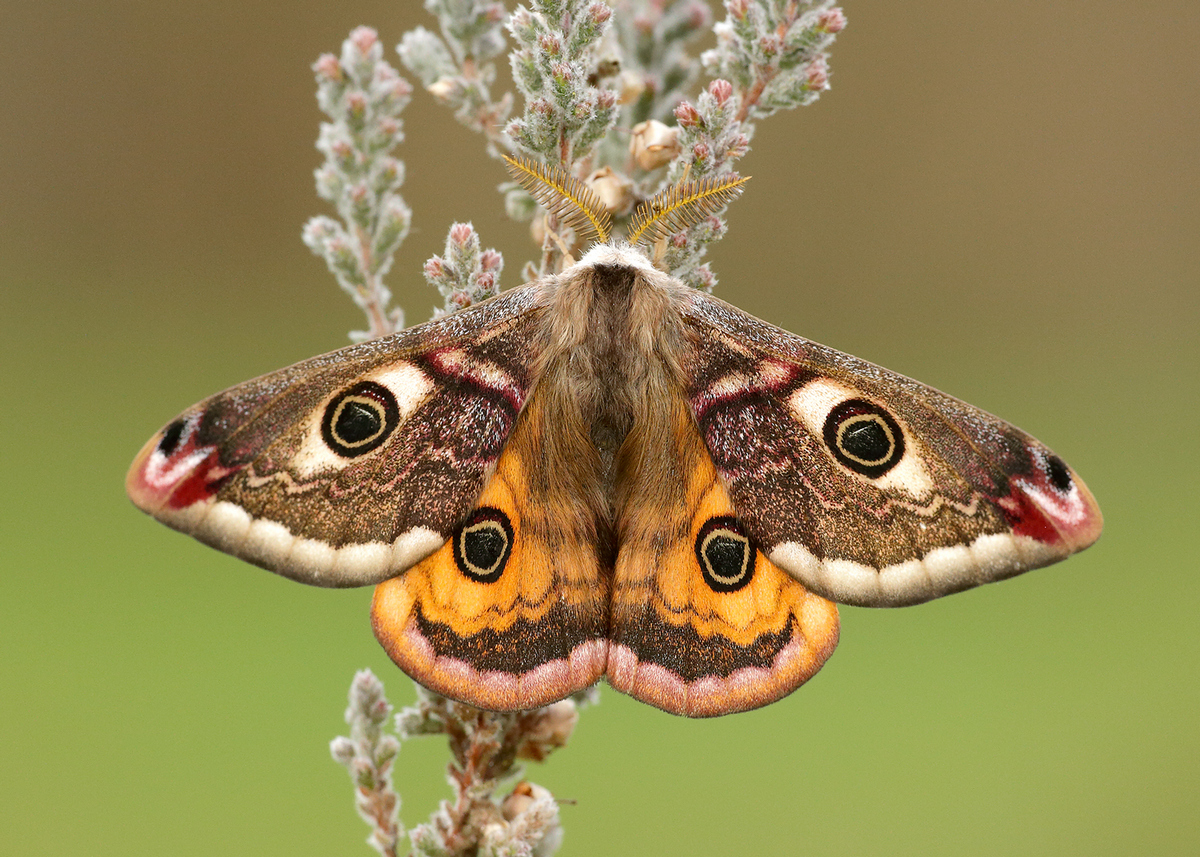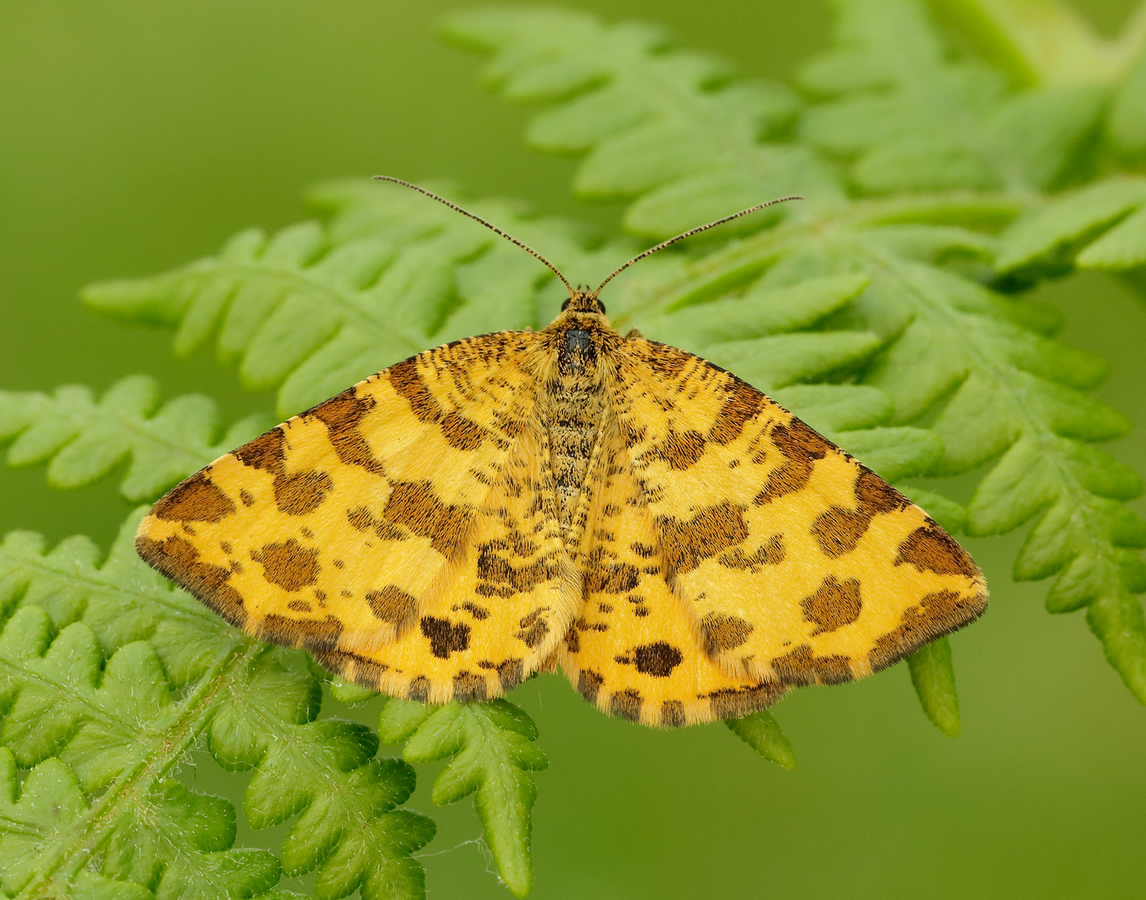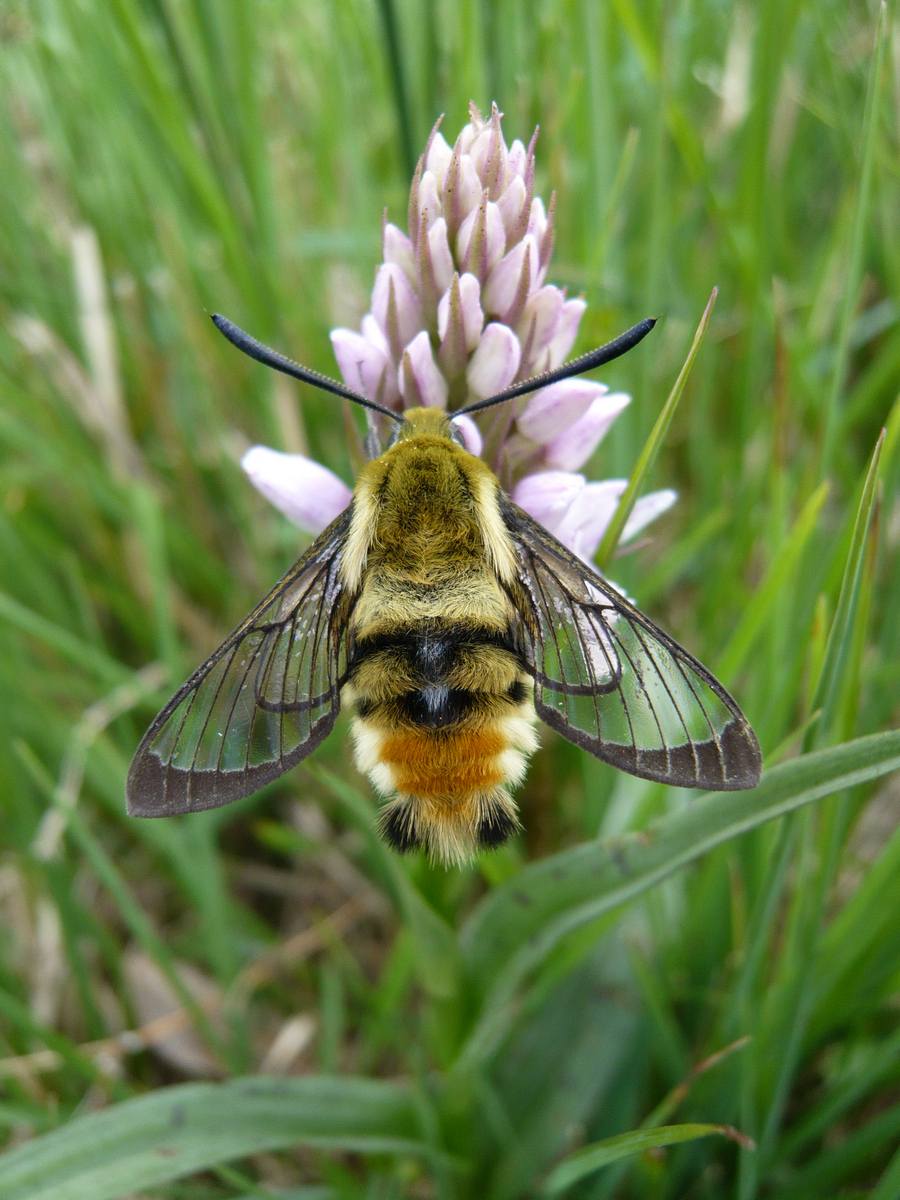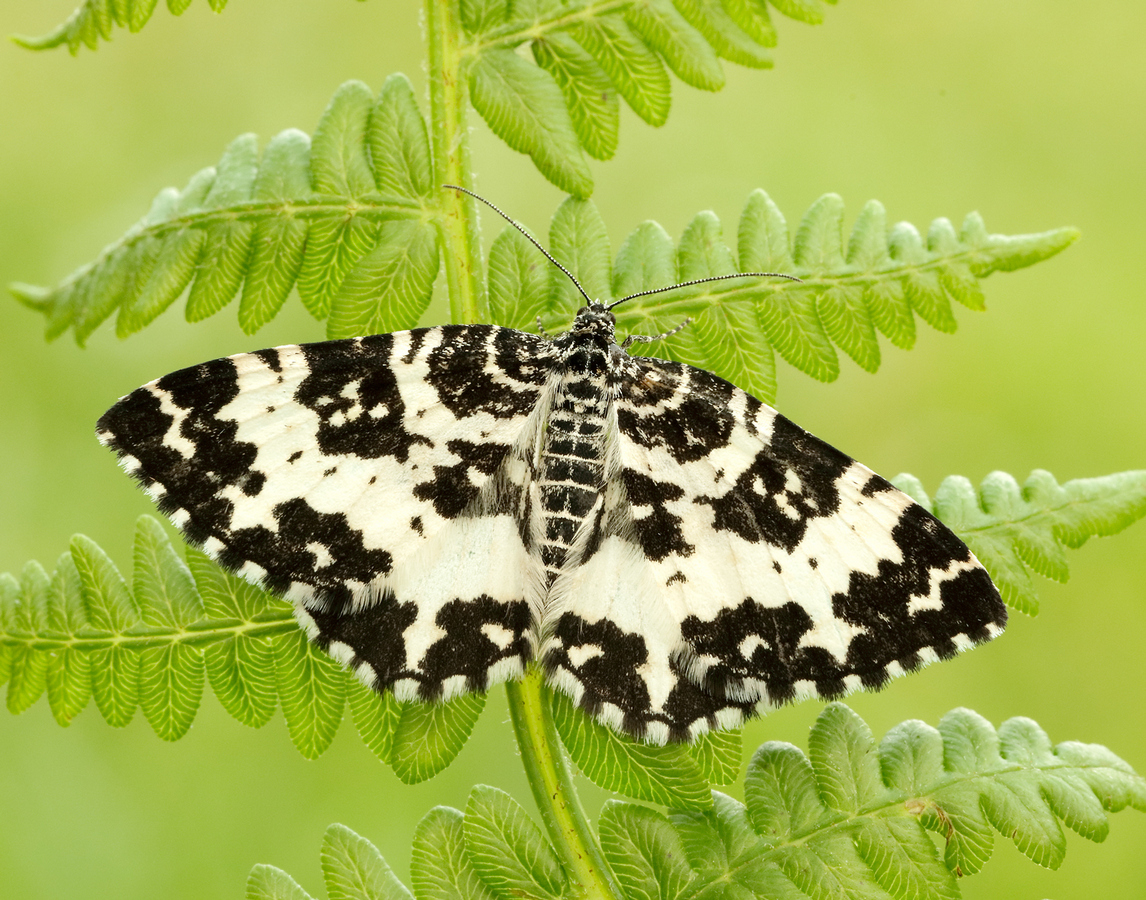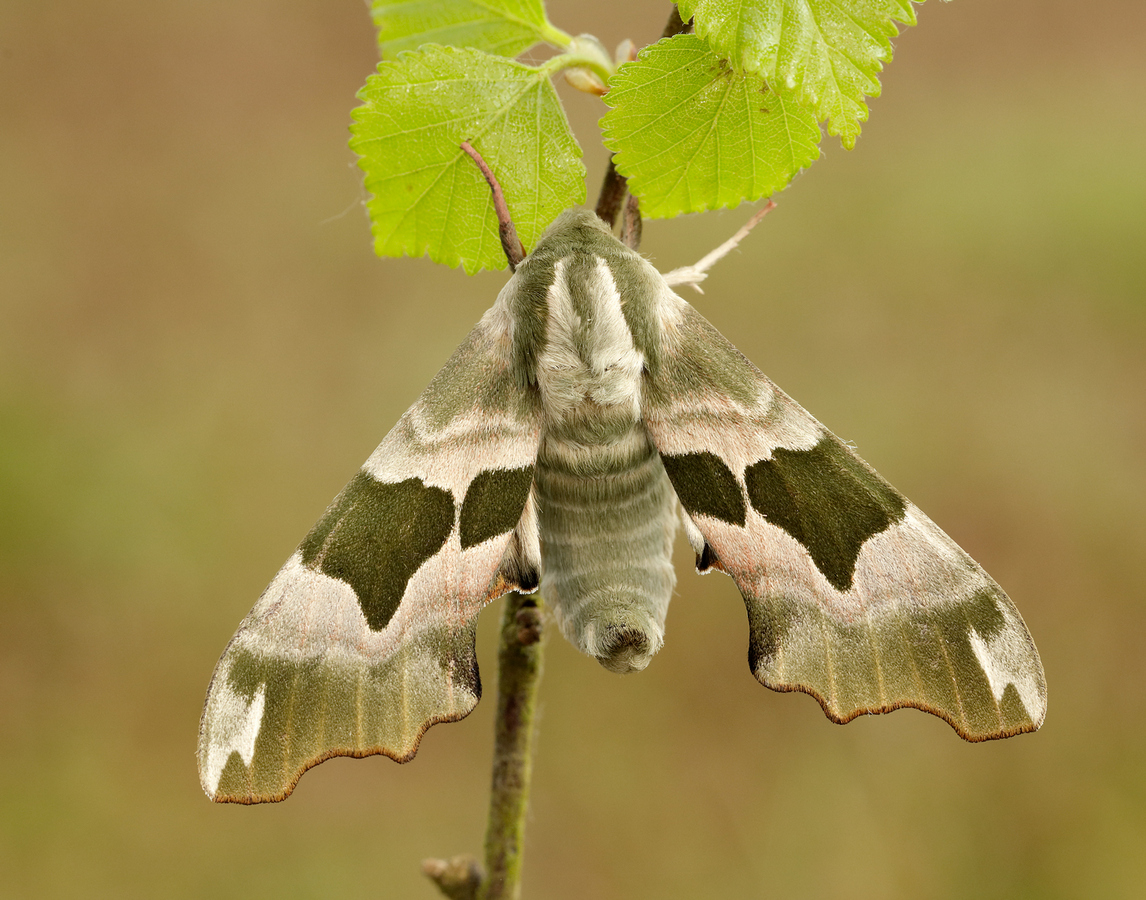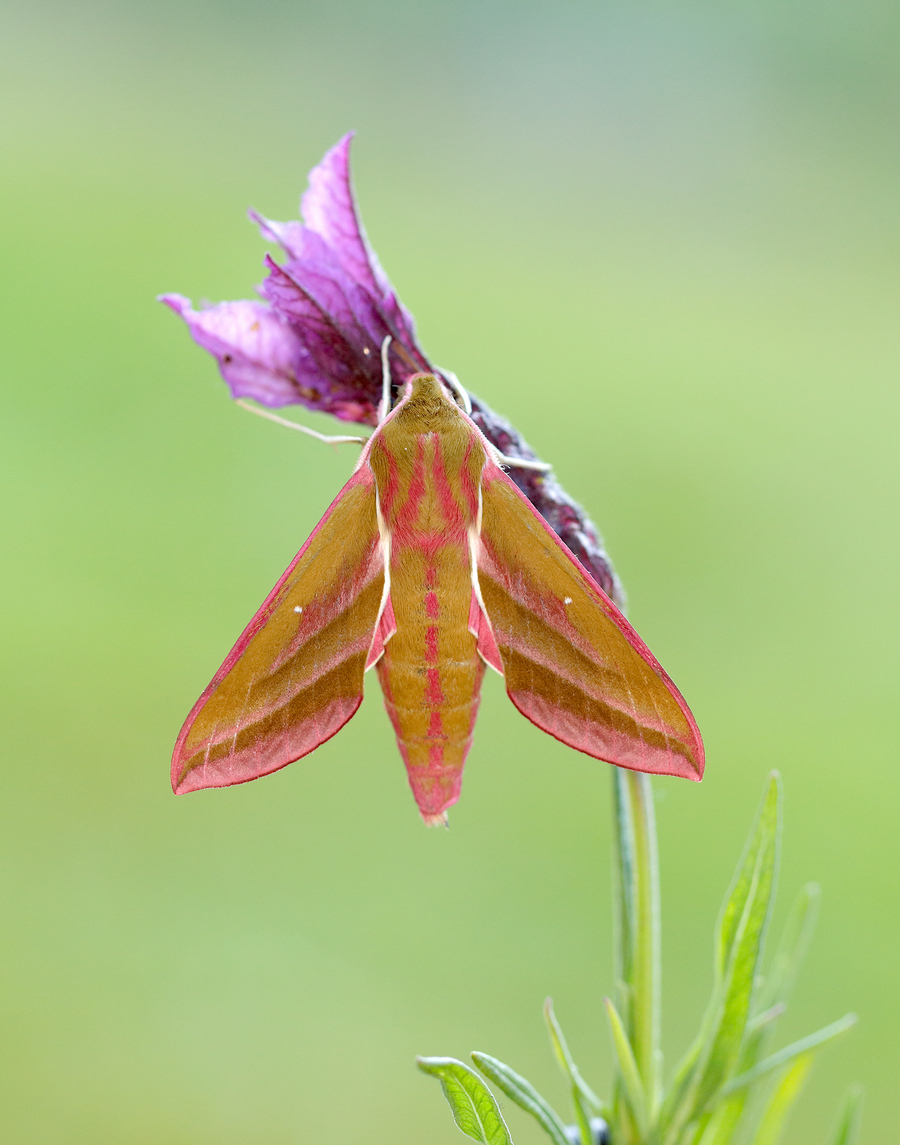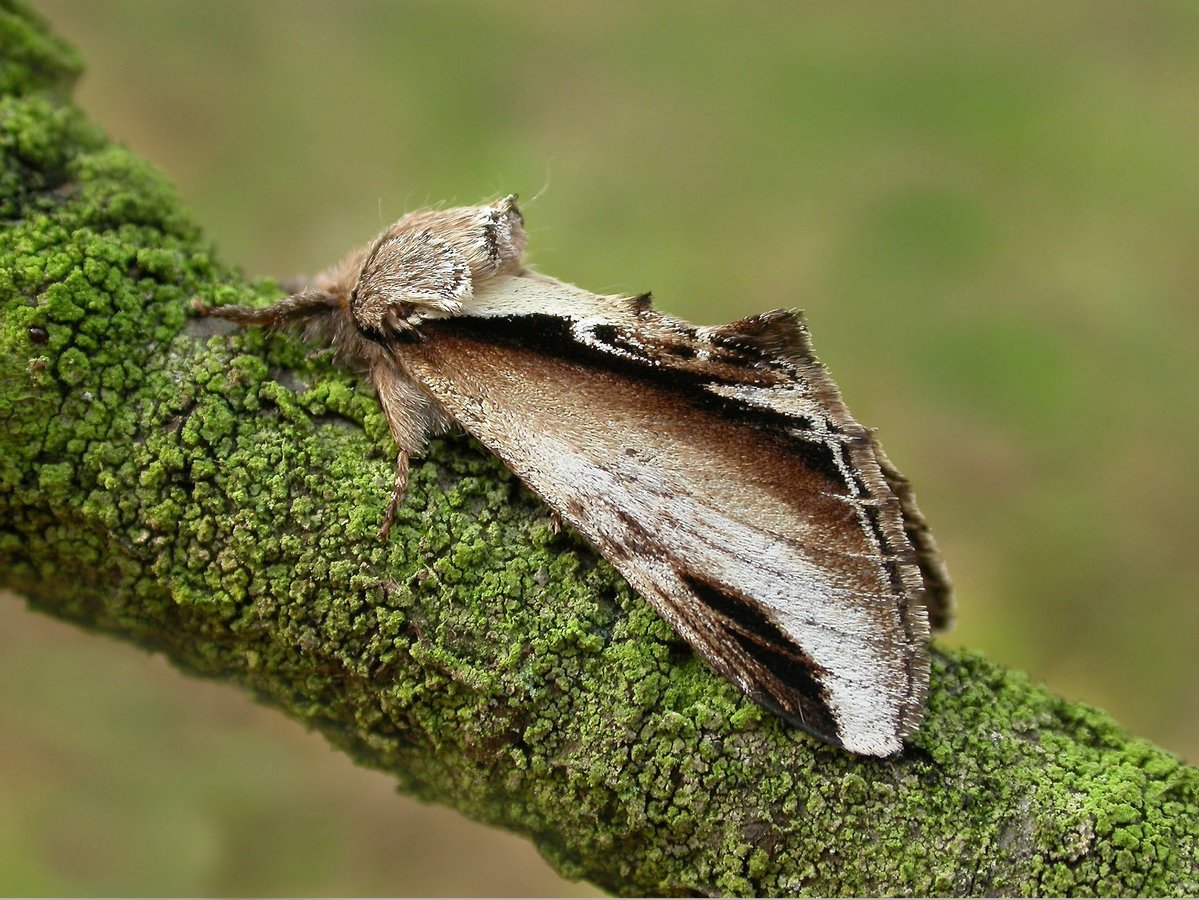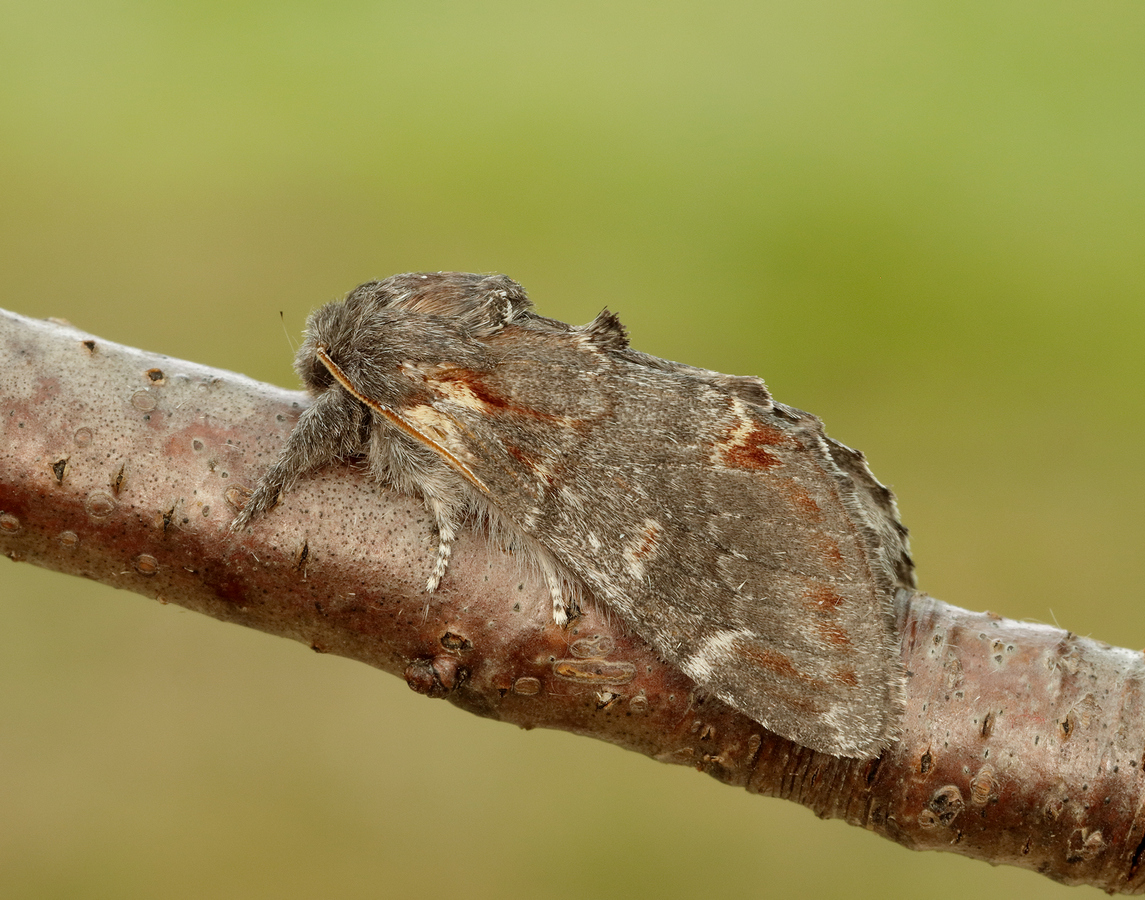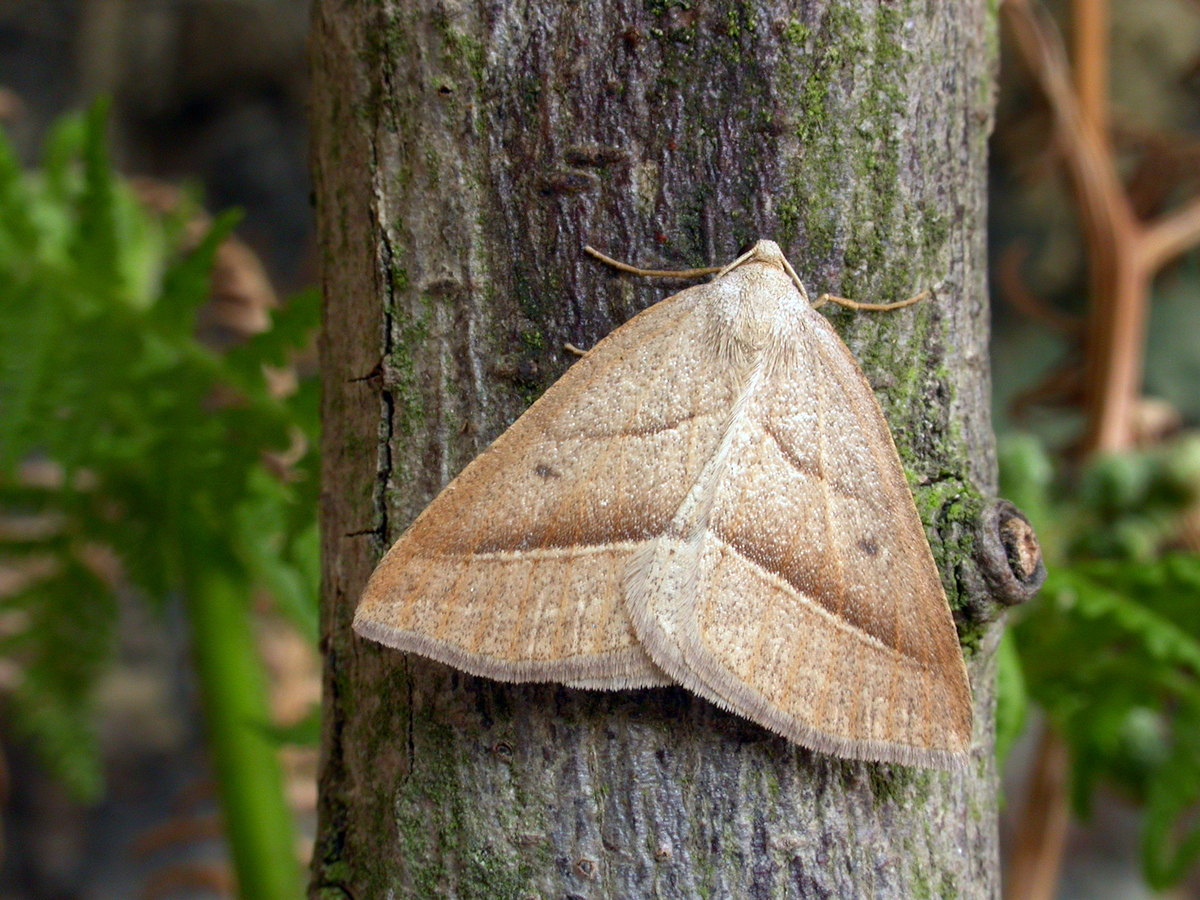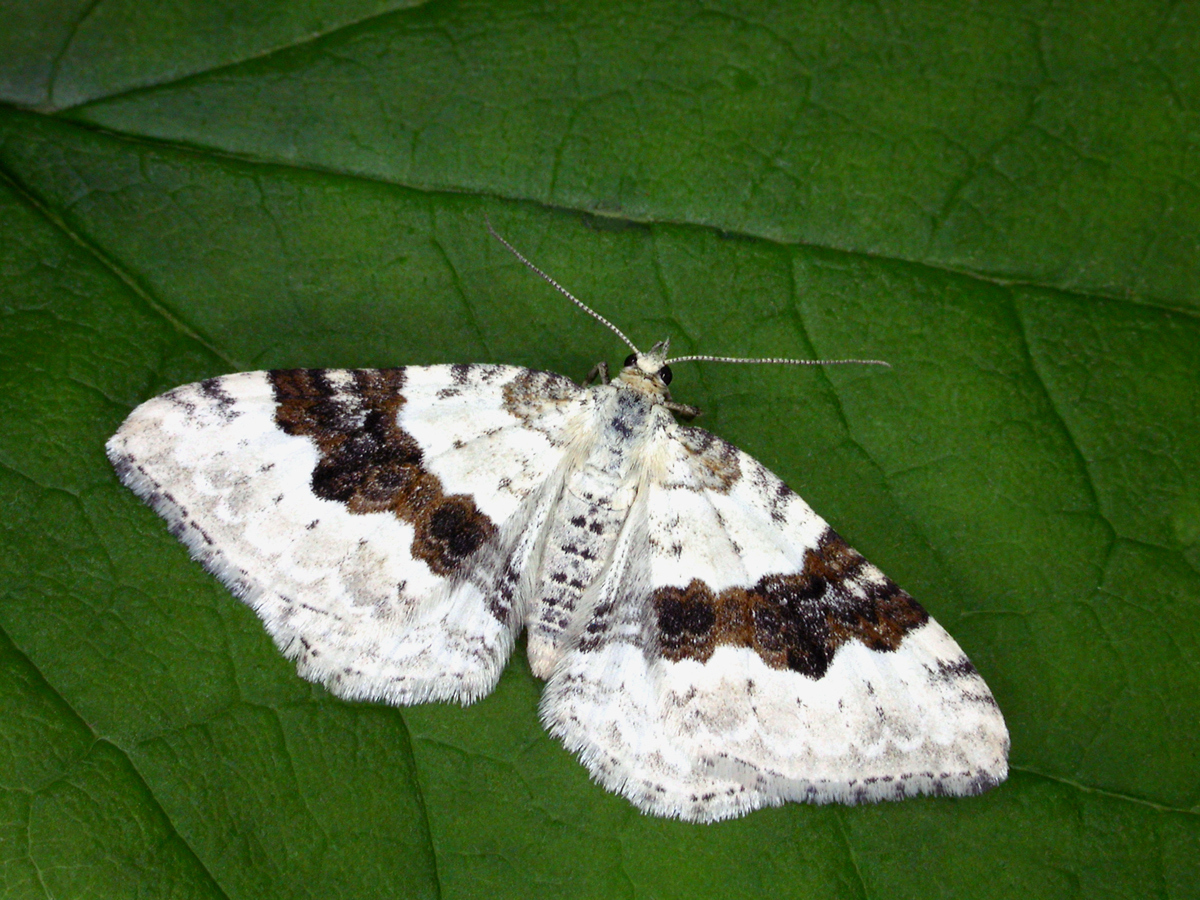Moth Night 2022 takes place between 19th and 21st May, the theme being woodlands at a time of year when they are at their colourful best. May is a particularly diverse month for moth populations in woodland with some attractive species on the wing and the shifting seasons evident with the mixing of stragglers from the early spring and fresh examples of the early summer species. We are also encouraging daytime recording as there are some enigmatic day-flying species on the wing, including the bee hawk-moths, Speckled Yellow and Argent & Sable in woodland. In more open habitats Mother Shipton, Burnet Companion and Emperor may be seen, and in Scotland it is a particularly special time with speciality species such as Kentish Glory, Netted Mountain Moth, Small Dark Yellow Underwing and Satyr Pug on the wing. We will have a range of prizes to give away for some of the more exciting captures and for random participants.
To help you identify these species and learn more about what is on the wing why not purchase one of the excellent field guides available from Atropos Books.
Some of the moths that may be encountered in woodlands or by daytime during Moth Night include:
Kentish Glory
Simyra albovenosa
This very attractive species is now much scarcer than previously, being restricted to the highlands of Scotland.
The adults fly from March to May, the males flying during the day as well as at dusk, the females are mainly nocturnal.
The larvae feed on birch (Betula) and alder (Alnus glutinosa).
Small Dark Yellow Underwing
Coranarta cordigera
A local and scarce species, occurring only on the high moorland of central Scotland.
The moth flies during the day, more so during sunshine. The flight period is April to May, when it can be found visiting flowers.
The larvae feed on bearberry (Arctylostaphylos uva-ursi) during June and July.
Mother Shipton
Euclidia mi
The English name of this moth refers to the markings on the forewings, which look like an old lady or witches head. It is a day-flying moth, preferring sunshine and taking short, rapid flights.=, inhabiting waste ground, downland and other open habitats, it is reasonably common over much of the British Isles, becoming scarcer in Scotland and Ireland.
It flies in May and June, and the larvae feed mainly on clover (Trifolium) and various grasses.
Burnet Companion
Euclidia glyphica
One of the few day-flying moths, this species gets its English name from the fact that it is often found in company with Burnet moths (Zygaena spp. ). It is relatively common in the southern half of Britain, becoming scarcer further north.
It inhabits open woodland, pastures and downland, and the larvae feed on clover (Trifolium) and trefoil (Lotus)..
Emperor
Saturnia pavonia
This species is reasonably common over much of Britain, occupying moorland and open country. The males (pictured), which have bright orange hindwings, fly during the daytime in search of the greyer females, which fly at night. The males can be attracted to pheromone lures. Both sexes are on the wing in April and May.
The fully grown caterpillar is green with black hoops containing yellow wart-like spots, and feeds on moorland plants such as heather (Calluna) and bramble (Rubus).
Speckled Yellow
Pseudopanthera macularia
A highly distinctive, day-flying species on the wing in May and June, which is reasonably common in woodland and scrubland in the south of England and Wales, as well as Ireland. It occurs more sporadically further north into Scotland.
The larvae feed mainly on wood sage (Teucrium scorodonia).
Narrow-bordered Bee Hawk-moth
Hemaris tityus
Closely mimicking a bumblebee, this is one of two similar species occurring in Britain. It appears in May and June and is a lively day-flier, visiting various flowers, frequenting marshy woodland and damp moorland, it has a wide distribution in Britain, but is generally quite scarce.
The larvae feed on devil’s-bit scabious (Succisa pratensis) and field scabious (Knautia arvensis).
Argent and Sable
Rheumaptera hastata
A distinctive species, occupying damp moorland and hillsides. The moth is a day-flying species on the wing from late May to July. It has a widely scattered distribution, although local, throughout Britain, and is commoner on the Scottish moors.
Moths to Look Out For in May
The following moths have all featured in the 10 most abundant macro and micro-moths recorded during previous May Moth Nights


